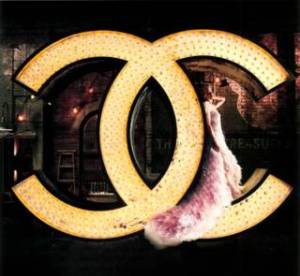I have been meaning to blog about ClickBerry for some time as it’s one of the most exciting platforms I have seen for a while. I am a big fan of ThingLink and emailed them about a year ago asking if they had any plans to incorporate video. (At the moment you can tag images with extra content but not video) They said they didn’t have any plans yet so I swiftly forgot about it.
Then I discovered ClickBerry. Following on from my post about The Future of Advertising (using Nicole Kidman to demonstrate it, obviously) I think this short video sums up the possibilities to not only advertisers, but also content makers. How many times do you Wikipedia or IMDb people after having seen them on screen? That’s how it could be used in the most basic sense. The possibility for hidden plots, story lines and discovery is much more exciting. I could go on all day about this, but I need to finish eating my crisps.




